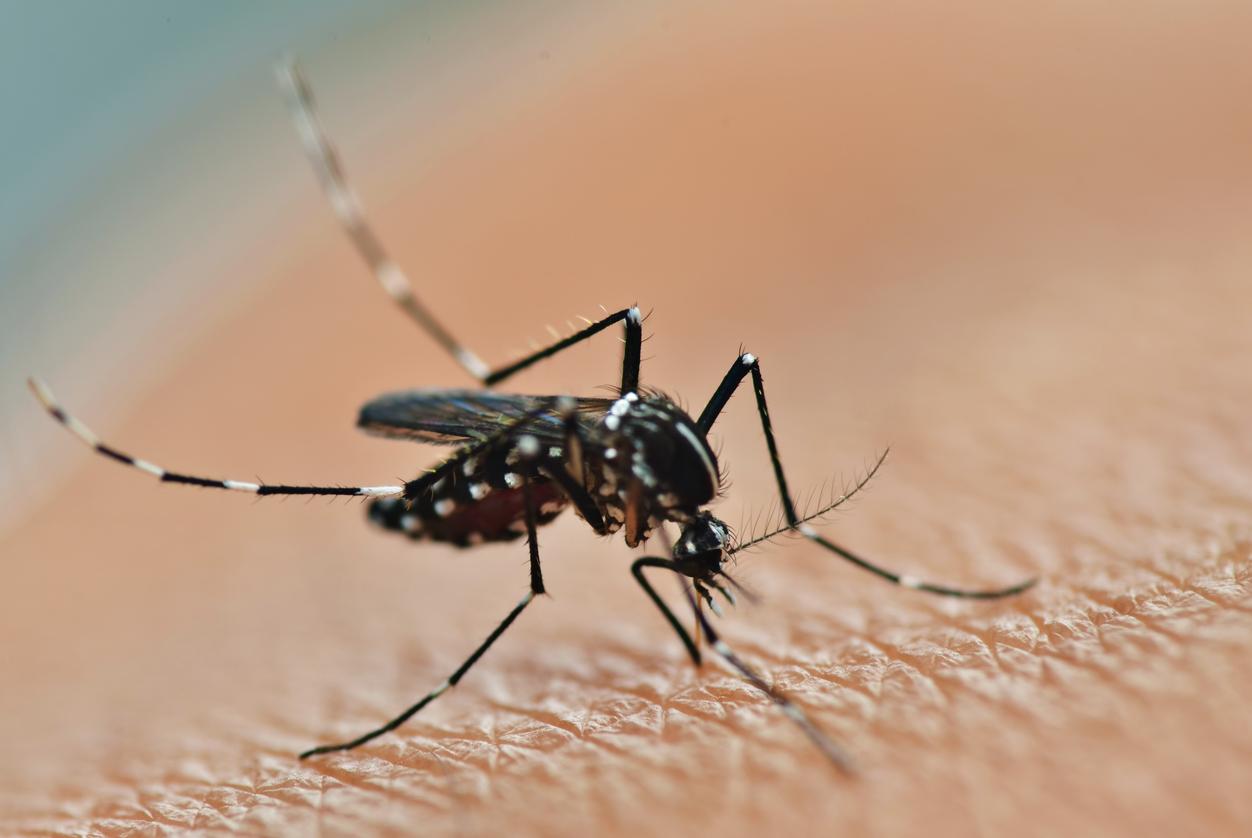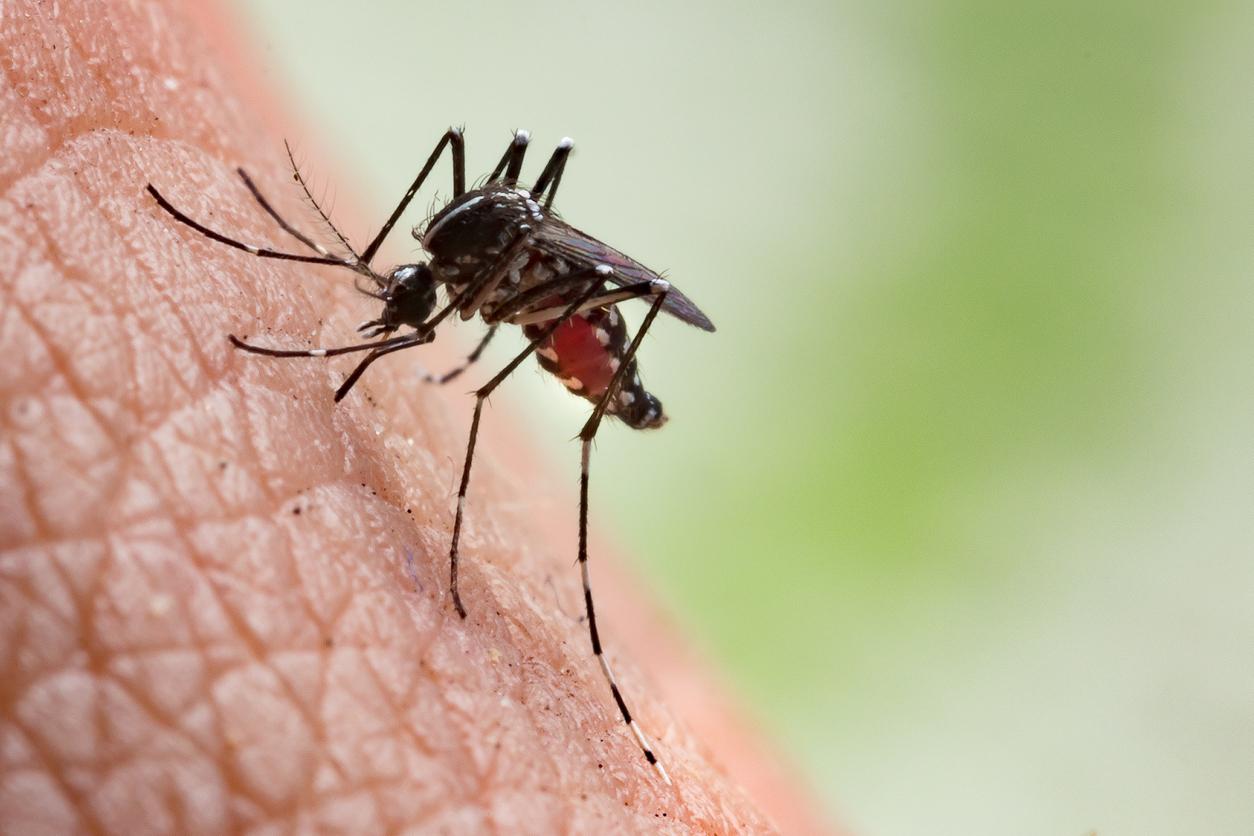If the planet warmed by 2°C, the number of people suffering from heat stress, which harms the vital functions of the human body, would reach one billion.

- With an additional 2°C, the number of people affected would be multiplied by 15, whereas 68 million people would be affected by this phenomenon at present.
- In the event of an increase in the average temperature of 4°C, almost half of the world’s population would find themselves in affected areas, ie around 3 billion people.
- Certain vital functions of the human body could no longer be ensured if the heat is too high: dehydration, blood circulation difficulties, mainly cardiovascular problems.
This Friday, November 12, COP26 closes, bringing together world leaders who must agree on agreements and measures to fight against global warming. In parallel, several studies are presented and alert one after the other on the dramatic consequences of a continuous rise in temperatures on health.
68 million people already affected
Among them, a research carried out by the British meteorological research centre, the Met Office, points out that by 2100, if the average temperatures of the globe increase by 2°C, one billion people will be affected by the phenomenon of extreme heat stress, due to unbearable heat. This term means “the fact that certain vital functions of the human body may no longer be ensured if the heat is too high: dehydration, blood circulation difficulties, mainly cardiovascular problems”, emphasizes François Gemenne, researcher at the CNRS-University of Liège, teacher at Sciences-Po and main author for the Giec, at Release.
With an additional 2°C, the number of people affected would be multiplied by 15. Currently, 68 million people are affected by this phenomenon. In the event of an increase in the average temperature of 4°C, almost half of the world’s population would find themselves in affected areas, ie around 3 billion people. “Currently, this threshold is reached in several places, including parts of India, but our analysis shows that with an increase of 4°C, the heat risk could affect people in large areas on most continents.”, added Dr Andy Hartley, head of climate impacts at the Met Office, in a press release.
The tropical areas most at risk
The researchers evaluated the “wet bulb” parameter (TW) which takes into account the heat, the ambient relative humidity and its possibilities of evaporation. “This concept means that the hotter it is, the more the temperature becomes humid. One degree more is 7% more humidity in the atmosphere”, specifies François Gemenne. For the human body, the limit before it can no longer cool itself by sweating is reached at 35°TW. At this temperature, it only takes six hours for healthy people in the shade to die. Above 32°TWan active healthy person should rest regularly to avoid exhaustion.
The most affected areas are the tropics, with countries like Brazil and Ethiopia. “Rapid emission reductions are needed if we are to avoid the worst consequences of unchecked climate change”, explained Dr. Andy Wiltshire, one of the authors of the study. Especially since heat stress is only one of the five risks identified and studied by British researchers. The other four being river floods, forest fires, drought and food insecurity.
.
















